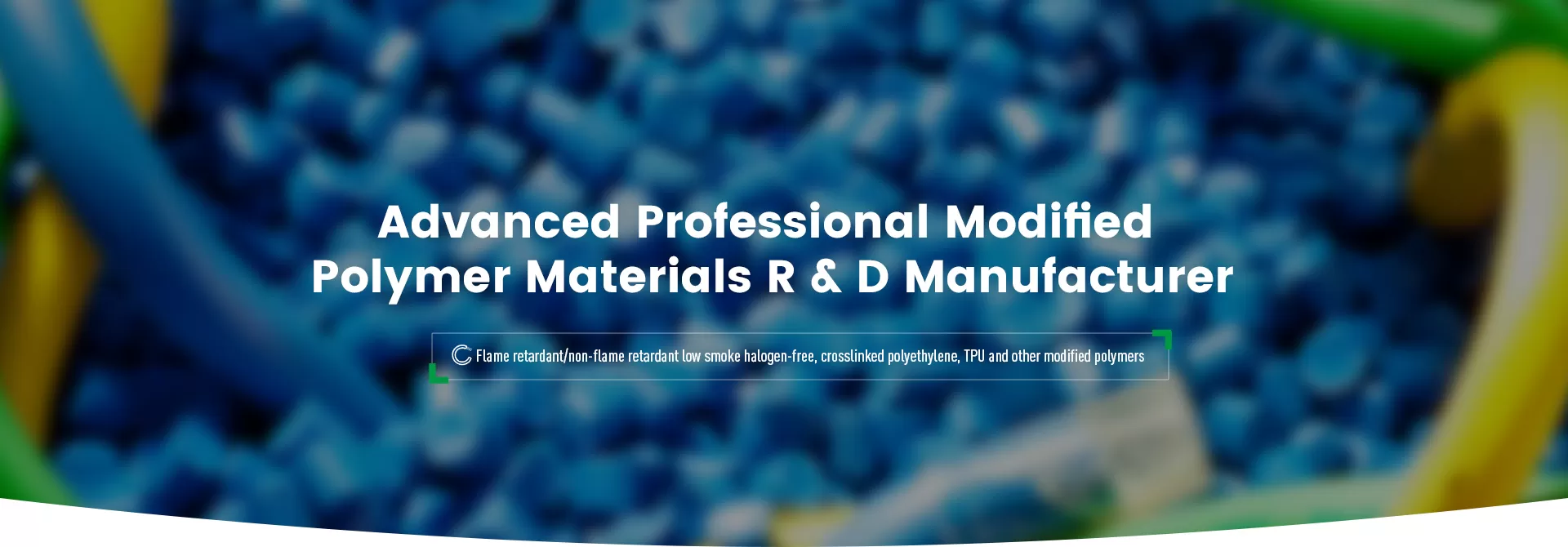
TPO (Thermoplastic Polyolefin) is not a traditional rubber, but it has some rubber-like properties. It is a Thermoplastic material that combines the durability of plastic with the flexibility and elasticity usually found in rubber.
TPO is a polymer blend, a composite material, consisting of polypropylene (PP) and ethylene-propylene rubber (EPR or EPM). This means that TPO actually contains the chemical group components of EPDM, but the rubber part in TPO is coated with thermoplastic.
This combination gives TPO some common properties with rubber.
For example:
Elasticity: TPO can be stretched to a certain extent without breaking.
Flexibility: It remains flexible over a wide temperature range.
TPO is a composite material consisting of the following two parts:
Thermoplastic matrix (plastic part): usually polypropylene (PP) or other polyolefins, which gives the material rigidity and chemical resistance.
Elastomeric component (rubber part): includes ethylene-propylene rubber (EPR or EPM), which gives the material flexibility and elasticity.
Although TPO contains rubber components, its plastic base makes it different from traditional vulcanized rubber (such as EPDM).
Rubber (such as EPDM): needs to be processed through vulcanization or cross-linking process to form an irreversible three-dimensional molecular network structure with high elasticity.
TPO: It is a thermoplastic material that can be melted and formed by heating, and can be repeatedly processed and recycled.
This thermoplastic property is closer to plastic than traditional rubber.
·Flexibility:
The ethylene-propylene rubber component of TPO provides the flexibility of rubber, allowing it to bend, resist impact and resist mechanical stress.
·Weather Resistance:
Similar to rubber, TPO has good resistance to UV, ozone and chemical corrosion, suitable for outdoor applications.
·Elasticity:
The rubber component of TPO gives it a certain elasticity, allowing it to recover after deformation within a certain range.
TPO is not traditional rubber, but it is a thermoplastic elastomer with rubber components.
From a strict chemical and structural definition, it is closer to plastic.
From a performance perspective, it has some of the flexibility and weather resistance of rubber.
Therefore, TPO can be considered a "rubber-reinforced plastic" or "elastomer with rubber properties" rather than a complete rubber.
Although TPO contains rubber components and exhibits some rubber-like behavior, it is more accurately classified as a thermoplastic elastomer rather than a true rubber. Its unique blend of properties bridges the gap between traditional plastics and rubber, making it a versatile choice in construction and industrial applications.